The research team from Nvidia is returning to SIGGRAPH, an annual hotbed of innovation, with two new advancements in augmented reality displays.
The first breakthrough, Foveated AR, is a prototype head-mounted display that uses an eye tracking method for dynamic focus while delivering foveated rendering.
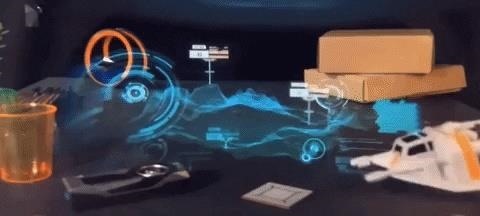
Foveated rendering is a technique that tracks the eye's focus in order to display high-resolution content within the eye's perceptible field of view and lower-resolution content in the periphery, which, in turn, reduces the data footprint of graphic rendering.
In Foveated AR, Nvidia pairs a concave half-mirrored display in the foveal area (where vision is sharpest) and a wide field of view display for the peripheral area. A mechanical system moves a holographic optical element horizontally within the system to match the pupil's position. The optical elements are also implemented in the eye-tracking system, with the eye's position illuminated by infrared LEDs and reflected via the half-mirror display to the eye-tracking sensor.
The system results in wider field of view and improved resolution within a slimmer form factor compared to displays currently on the market. The research also represents an iterative advancement on the company's work with foveated displays. Last year, the company presented an early 3D printed prototype of its near-eye display.
In addition, Nvidia has created a method for integrating prescription lenses into AR displays. Dubbed Prescription AR, the prototype lens weights just 50 grams with an embedded image combiner that enables the lens to correct the user's vision while also projecting AR content.
Between its Tegra graphics chip powering the Magic Leap One and its Drive AR platform for automotive AR, Nvidia's commercial contributions to augmented reality to date have largely been in the graphics processing realm (an important area at that).
With its ongoing research, however, the company is demonstrating that it has something to offer on the optical end as well.
Just updated your iPhone? You'll find new features for Podcasts, News, Books, and TV, as well as important security improvements and fresh wallpapers. Find out what's new and changed on your iPhone with the iOS 17.5 update.
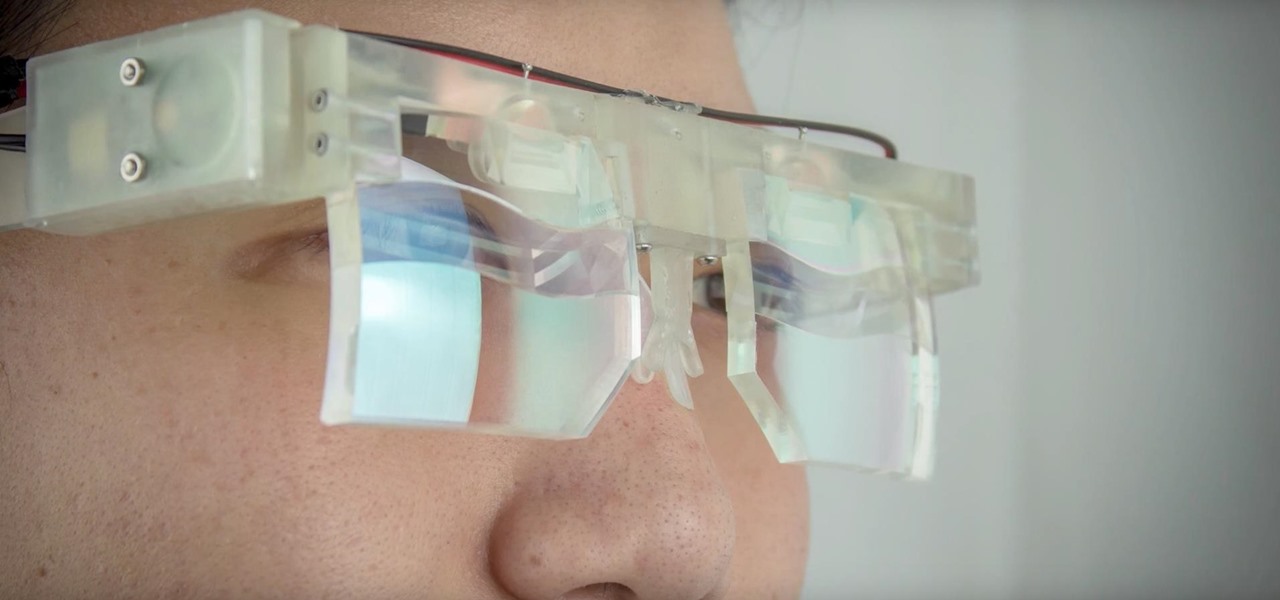


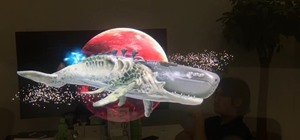
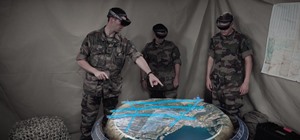
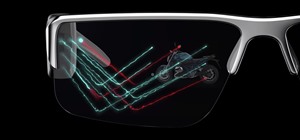
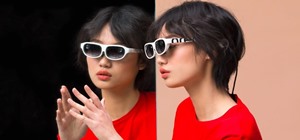
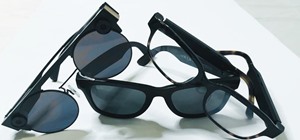
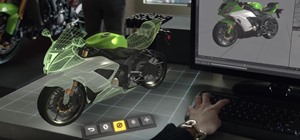

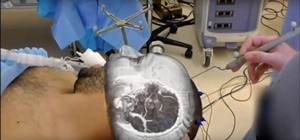


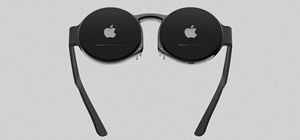

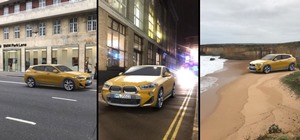

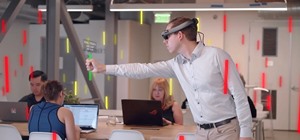


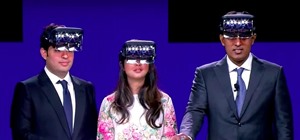


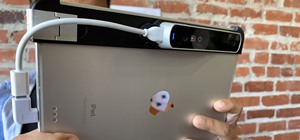
Be the First to Comment
Share Your Thoughts